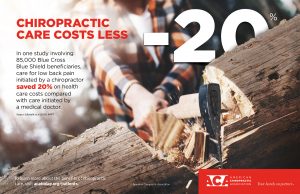 As many of you may know, big changes are coming to Carraway Chiropractic Center. We had been busy making plans to establish a mobile practice but have since found a far superior solution to continue serving our patients. We are excited to announce that in late January 2026 our new office address will be:
As many of you may know, big changes are coming to Carraway Chiropractic Center. We had been busy making plans to establish a mobile practice but have since found a far superior solution to continue serving our patients. We are excited to announce that in late January 2026 our new office address will be:
McCarthy Square Office Suites
790 Cardinal Road, Suite 6
New Bern, NC 28562
This office will be more accommodating, accessible, and comfortable for all our patients.
As a reminder, Dr. Carraway will be an out-of-network provider with all insurance plans beginning January 1st, 2026. We will be unable to file any insurance after that time.
You can continue to keep in touch with us through our Facebook page, our website (carraway.net), or Google listing for online appointments and new office hours. Our phone number, (252) 636-2900, will remain the same.
We look forward to serving you in 2026!




 Our office will be closed Wednesday, Thursday and Friday (December 22-24th) in celebration of the Christmas holiday. We will reopen on Monday, December 27th and follow our usual schedule.
Our office will be closed Wednesday, Thursday and Friday (December 22-24th) in celebration of the Christmas holiday. We will reopen on Monday, December 27th and follow our usual schedule.

